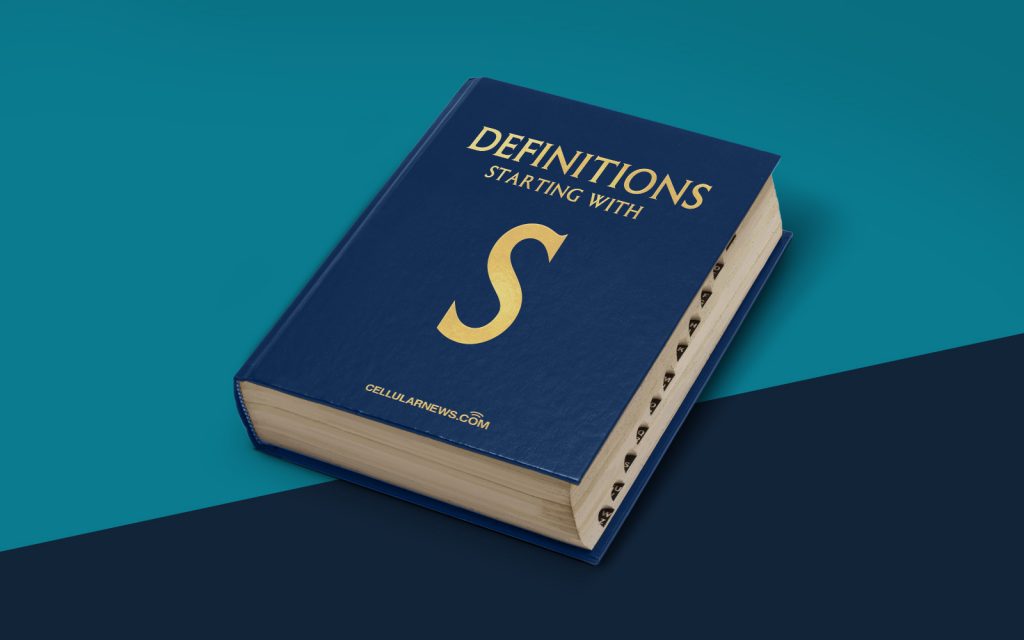
What is a Splash Screen?
Welcome to another post in our DEFINITIONS category, where we shed light on various terms and concepts related to technology and web development. Today, we’ll discuss “splash screens” and their importance in creating a captivating user experience on websites and applications.
Have you ever visited a website or launched an app and noticed a visually appealing image or animation that appears before the main content loads? Well, that’s a splash screen! It serves as an introductory screen that engages users while the rest of the website or application is being loaded in the background.
A splash screen primarily serves the purpose of grabbing users’ attention and creating a positive first impression. It allows developers to showcase their branding, creativity, or provide vital information to users before they delve into the actual content. Splash screens can be as simple as a static image or as interactive as a mini-game or an animated video.
Key Takeaways:
- Splash screens are introductory screens that appear while websites or applications load in the background.
- They serve to engage users, create a positive first impression, and provide important information or showcase branding.
Now that we understand what splash screens are, let’s delve into their significant aspects.
The Importance of Splash Screens
1. Visual Appeal: A captivating splash screen can set the tone and instantly grab users’ attention. By incorporating visually pleasing images, animations, or videos, splash screens create a positive emotional response and build anticipation for the main content. This initial engagement increases the likelihood of users staying on the website or using the application.
2. Branding and Recognition: Splash screens offer an excellent opportunity for developers to showcase their branding elements, such as logos, taglines, or color schemes. Consistent brand representation helps instill trust and recognition among users, making them more likely to engage with the website or application.
3. Information and Guidance: Splash screens can be used to deliver important information or provide guidance to users. For example, they can feature a loading progress bar, instructions on how to use the application, brief descriptions of key features, or disclaimers. This ensures users are well-informed from the very beginning, enhancing their overall experience.
Conclusion
While some may consider splash screens as mere cosmetic additions, they play a crucial role in delivering a remarkable user experience. By captivating users, showcasing branding, and providing essential information, splash screens contribute to a smooth transition into the main content and leave a lasting impression.
So, the next time you visit a website or open an app, take a moment to appreciate the splash screen that welcomes you before diving into the exciting possibilities that lie ahead!
